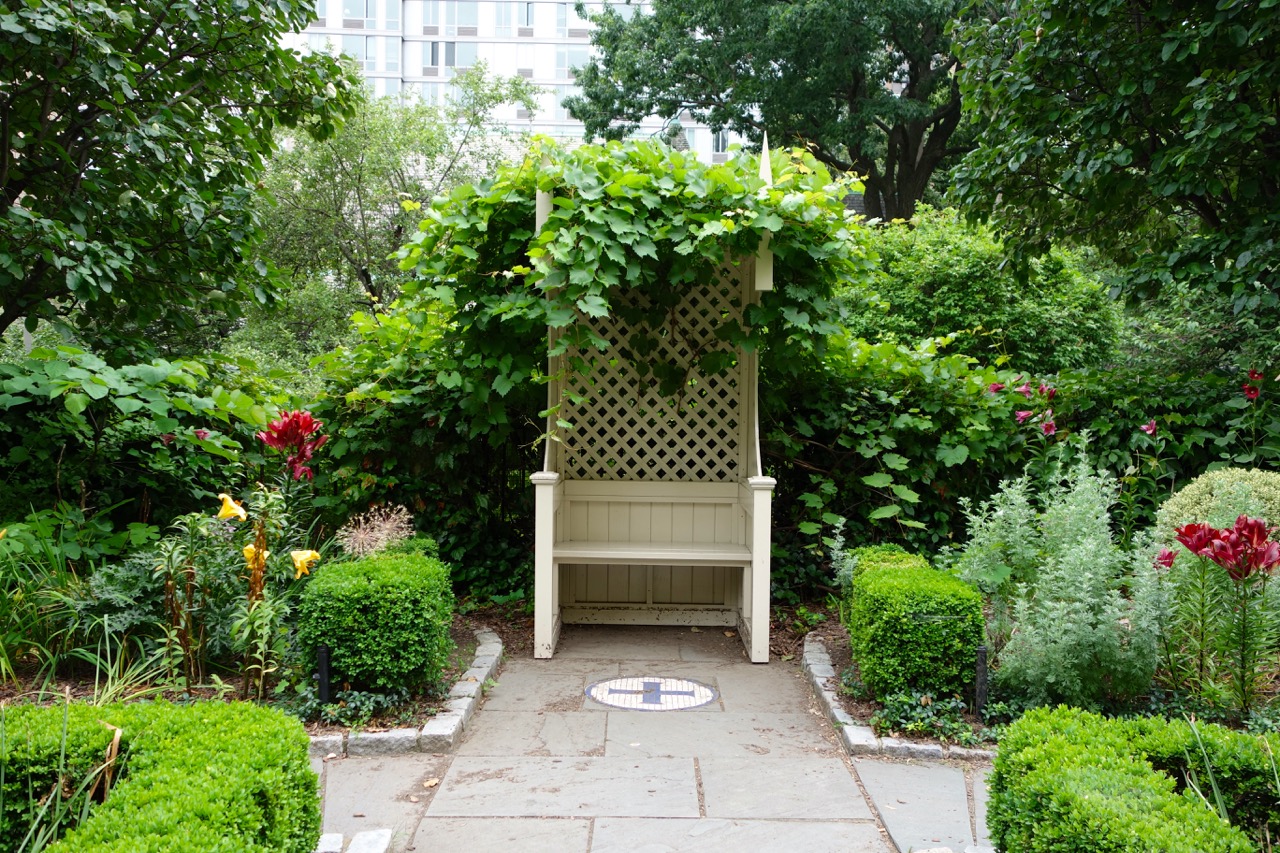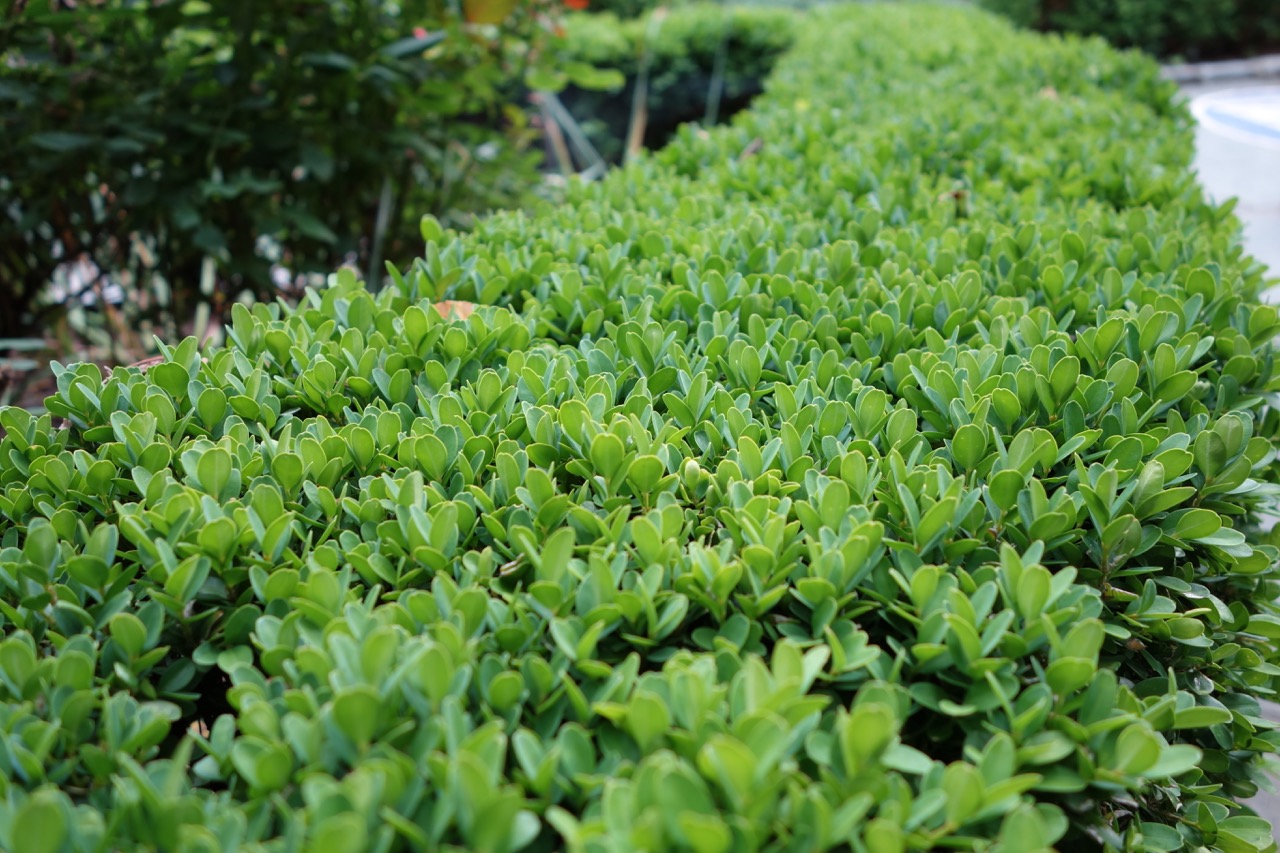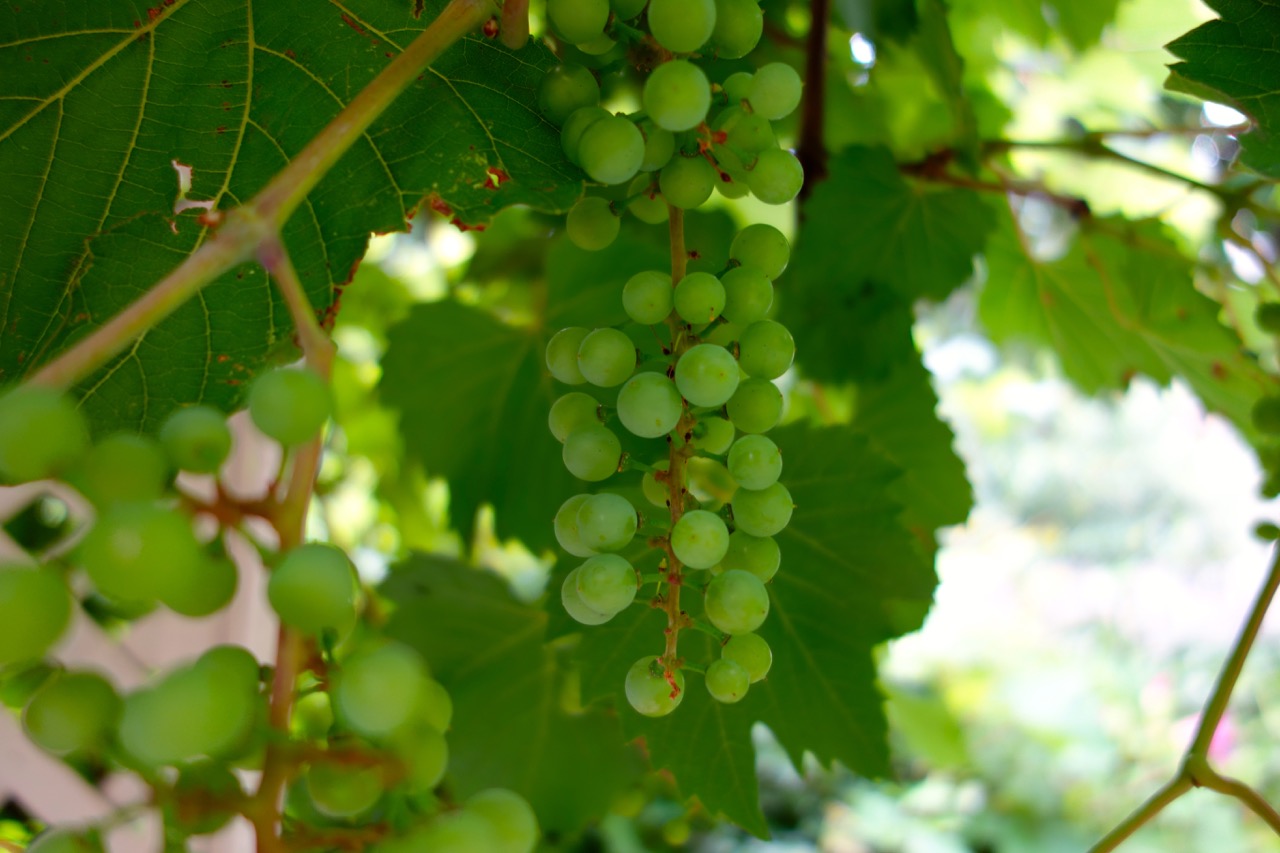New York City is among the densest places in the world. Manhattan’s 22 square miles (59 km2) holds 2 million residents; that figure doubles to 4 million on workdays. Businesses sit next to schools that sit next to hospitals that are next to apartment buildings that sit next to restaurants. People are constantly on the move by subway, foot, bus, bike, scooter, and car. This is a working city, always in motion; there are places to go and people to see.
The Cathedral Church of St. John the Divine as seen from Amsterdam Ave. The cathedral remains unfinished, though construction began in 1892. It is the largest cathedral in the world.
Amidst all this activity any quiet spot is a source of welcome relief. One my favorite is the Cathedral Church of St. John the Divine. Set on a full block in upper Manhattan (that is just over 11 acres). The Cathedral is an inclusive place where all are welcome: “chartered as a house of prayer for all people and a unifying center of intellectual light.” Over 30 services per week are held here for people of multiple faiths and traditions. It is the largest cathedral in the world. Started in 1892, it is still under construction.
Most people come to see the cathedral’s spectacular construction and textile collection – I go to visit the restorative Biblical Garden.
Tucked along one side of the great structure, it is sheltered like a cloister garden - a space separated visually and aurally from the rest of the city. Unlike a cloister that has practical plants to sustain the community, this landscape is purely ornamental. Covered benches invite people to linger and take in different perspectives; stonework made on-site by local craftspeople creates visual interest. What makes this garden special is that the plant selections draw inspiration from the bible.
A sign at the entrance to the space proudly explains, “The Biblical garden uses only plant life that existed in the Holy Land at the time of Christ or before, and all plants are mentioned in the Bible.” Inside you’ll find: cedar of Lebanon, date palm, juniper, laurel, plum, fig, grape, and redbud.
The landscape is arranged formally with criss-crossing axes. One axis starts at the entrance and leads to a wooden bench. Another axis bisects the space and leads to a secluded garden tucked alongside of the cathedral wall.
Boxwood throughout gives the space cohesiveness and structure. The box’s fine texture is the perfect complement to the variety of other plant material.
The garden was founded in 1973 by writer Sarah Larkin Loening and installed in 2001. But it looks like it has always been there thanks to the choice of traditional paving material, gothic benches, and classical stonework. The garden adds a patina of age to the Cathedral structure and reinforces its mission.
The next time you are in New York City, pay a visit to this unique place at 112th Street and Amsterdam Avenue. Enjoy the incredible interiors, but don’t miss the Biblical Garden!
The Cathedral is open 7:30 am–6 pm daily . The gardens are open everyday during daylight hours. Check out more cloister gardens here.
A plaque in the garden provides a plant list and bird's eye view of the design.















